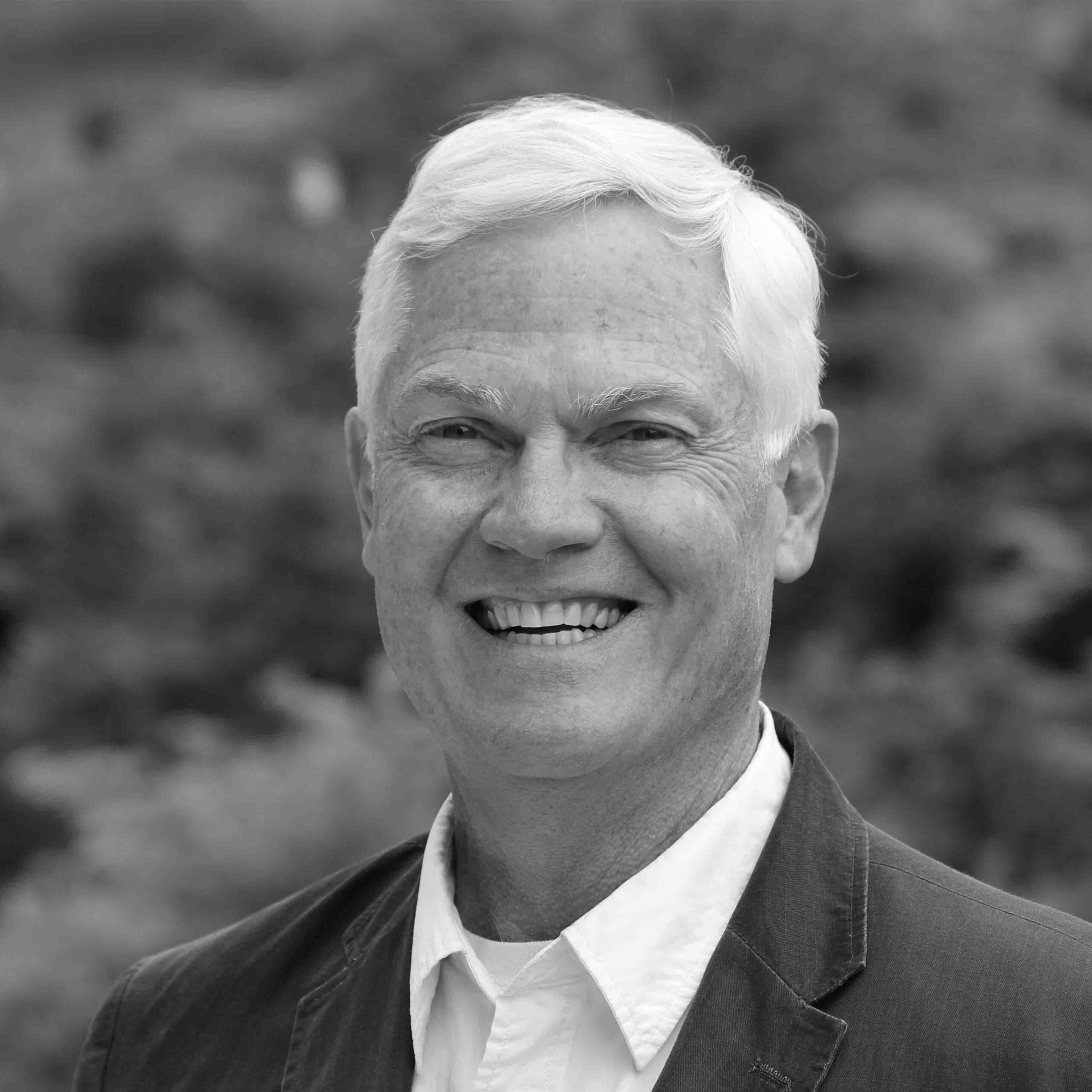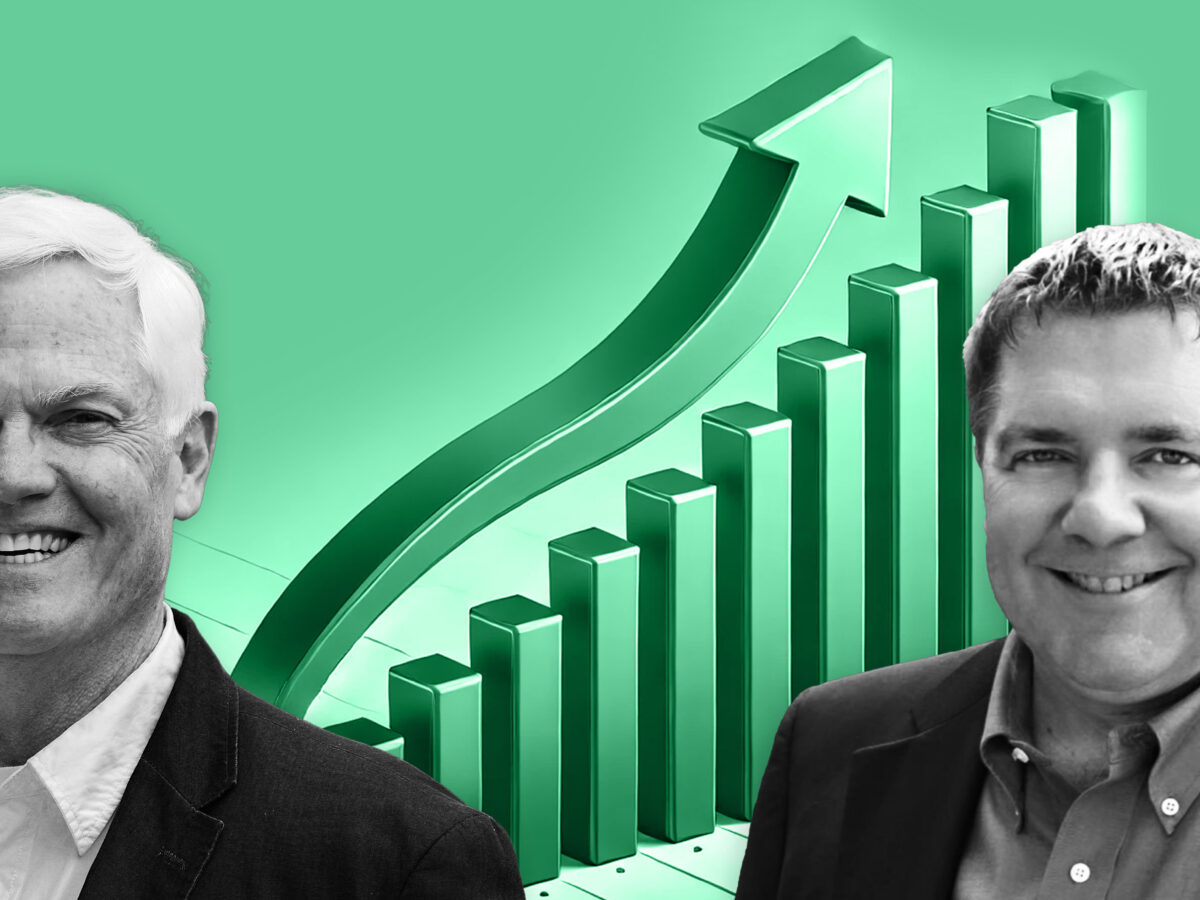Three Talent Strategies to Successfully Navigate a Recession

Unlike a pending hurricane, it’s hard to predict when the dark clouds of a recession will be upon us. Imagine you are the captain on a cargo ship, who knew the forecasted storm was coming, but lacked the speed to navigate out of its path. You are going to have to ride it out for the next 48 hours. Days before, you already met with your direct reports to run through all the preparations and potential scenarios and how to address them. So, if you lose power, or the chief engineer is injured or ill, you have all the backup systems and people in place, ready and able to navigate through the storm safely with cargo intact.
Most leadership teams realize that their people are their greatest asset. But managing successful operations can sometimes become routine until a major challenge like a recession hits. Growing in a hyper-competitive market, and being prepared for downturns, requires a strategic plan, and a high performing workforce designed around that plan. Here are three strategies to help you think strategically and creatively about your people.
- Attack Workforce Design and Assessment with a Strategic Lens
One management mindset is to optimize the workforce you already have. A strategic mindset is to plan for the organization you want to become. Starting with strategic goals and priorities enables you to design the workforce structure and roles you will need to reach those goals. A year ago, our leadership began to plan and operate under the Enterprise Operating System (EOS) model. We first determined the priority goals and values of our organization, and, with the help of an EOS Implementer Consultant, we designed our organizational structure using an Accountability Chart. With clarity of how the leadership is designed for today and the future, we were able to develop a new organizational chart which helped us to shift some staff into the right roles. We also identified talent gaps and priorities. Now, we are a stronger organization better able to win clients and help them grow regardless of the economic environment. - Take a Holistic Approach to Performance Management and Talent Development
Many organizations use processes and tools to evaluate employee performance and to provide guidance for development. But sometimes these approaches can become too routine and tactical. With the rapid pace of change (think AI) it’s wise to have more holistic conversations with staff about how their jobs need to evolve, and the skills they will need to grow their positive impact for their organization in the future. Also, make an effort to gain insight into not just the outstanding abilities of your people, but also their genuine enthusiasm for the tasks in which they excel. The conversation then changes from improvements to work on, to plans, trainings, and investments that will advance your team’s impact and career growth over the longer term. - Be Creative and Flexible with Talent Attraction and Workforce Solutions
You have identified a key talent gap and have determined a need to go outside to fill it. The job description of the ideal candidate has been vetted and you go to market. The recruiter you hired turns up the “ideal” candidates that check most of the boxes. But for a number of reasons, including chemistry, none feel right. We have found that someone with the right translatable skills, who share our values, and bring enthusiasm, are better fits than that “perfect” resume. We also have found much success working with consulting partners and sub-contractor specialists to fill gaps. The partnership is mutually rewarding and may evolve into a full-time position at the right time. Being flexible with strategies like these can prove both fruitful and affordable, and help you succeed when the wind is in your face, and when it’s at your back.
Gain a competitive edge with our Recession or No Recession series.
In our next Insight Tuesday, my partner, Kevin D. Kuchinski, will address Innovation and Research & Development Strategies that play a crucial role in driving business growth and success. Subscribe to Read.





